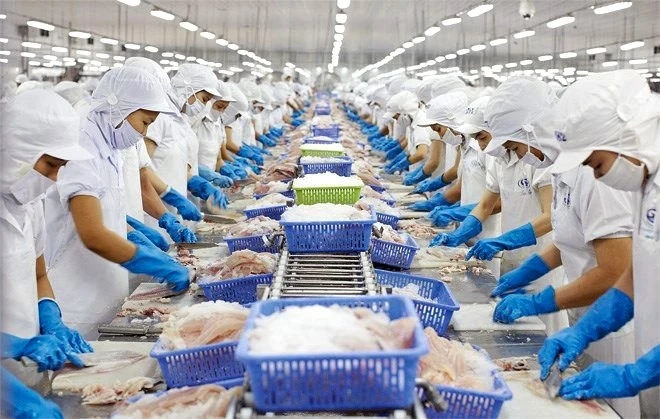 UOB experts believe that the GDP growth target of 8% is completely achievable. (Photo: Vietnam+)
UOB experts believe that the GDP growth target of 8% is completely achievable. (Photo: Vietnam+)
On February 25, Mr. Suan Teck Kin - Director of Global Market and Economic Research, UOB Bank (Singapore) gave comments on Vietnam's GDP growth target of 8% in 2025.
Be careful with tariff policy
Commenting on Vietnam's growth target of at least 8% in 2025 and setting "double-digit" growth for the 2026-2030 period, while the official forecast remains at 6.5%-7%, Mr. Suan Teck Kin said that this target is completely achievable as experienced by Singapore and China, especially when Vietnam has strong growth momentum in 2024 with a growth rate of over 7%.
However, according to Mr. Suan Teck Kin, achieving growth of over 7% and moving towards 8% or higher by 2025 will be a challenge for Vietnam due to risks from US tariff policies that could affect one of the important growth drivers, international trade.
Vietnam is highly dependent on trade, with total exports accounting for around 90% of GDP – the second highest in ASEAN after Singapore (174%) and far ahead of Malaysia (69%). Notably, the US is Vietnam’s largest export market, accounting for around 30% of total exports.
Vietnam’s strong GDP performance in 2024 is largely driven by trade, with exports rising 14% after a decline in 2023. In addition, FDI inflows into Vietnam also hit a new record of $25.4 billion in realized FDI (compared to $23.2 billion in 2023). However, the semiconductor cycle is showing signs of slowing down after a period of strong growth in 2024.
 Mr. Suan Teck Kin - Head of Global Market and Economic Research, UOB Bank (Singapore). (Photo: Vietnam+)
Mr. Suan Teck Kin - Head of Global Market and Economic Research, UOB Bank (Singapore). (Photo: Vietnam+)
Mr. Suan Teck Kin noted that in 2025, Vietnam will face risks from President Trump's tariff policies.
Specifically, directly, if President Trump imposes tariffs on Vietnamese goods due to the US trade deficit with Vietnam, the impact will spread to both the manufacturing and service industries, reducing domestic spending.
Indirectly, if export demand decreases due to slowing economic activity, this will affect Vietnam's exports and GDP growth.
In addition, the slowdown in the semiconductor cycle will also affect Vietnam's key export items. Vietnam's PMI has decreased for two consecutive months (December 2024 and January 2025), suggesting that orders may be slowing and manufacturers are scaling back operations.
In addition, FDI flows may be affected by tariff policies, as businesses consider shifting investment to locations less likely to be subject to tariffs from the US.
“Given the uncertain environment, we believe that we need to be cautious with our 2025 growth target. For now, we maintain our 2025 growth forecast for Vietnam at 7%,” said Suan Teck Kin.
Suggests many important solutions
For Vietnam to achieve its new GDP growth target, according to Mr. Suan Teck Kin, there are a number of areas that the Government can focus on to increase the chances of achieving a high growth rate of 8% or even double digits in the 2026-2030 period. However, the growth rate needs to be stable to avoid overheating and wasting resources.
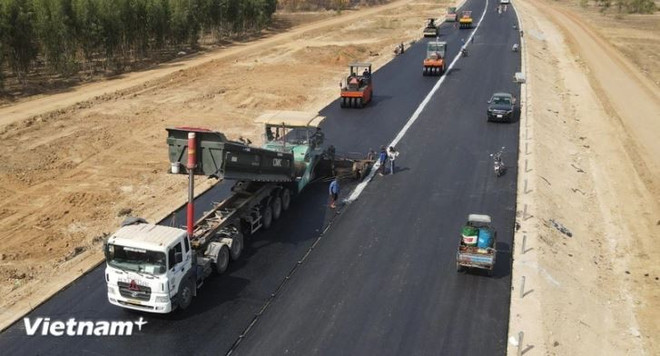 Mr. Suan Teck Kin recommended boosting public investment to support growth. (Photo: Viet Hung/Vietnam+)
Mr. Suan Teck Kin recommended boosting public investment to support growth. (Photo: Viet Hung/Vietnam+)
One of the key solutions pointed out by Mr. Suan Teck Kin is to increase public investment to support growth and reduce the impact of the decline in exports and manufacturing. Currently, Vietnam still has a significant infrastructure deficit. According to data from the IMF, Vietnam's capital formation expenditure accounts for only about 30% of GDP, much lower than China's 41%.
In addition, Vietnam’s fiscal policy seems to be too cautious at the current stage of development, as the Government aims to reduce the public debt/GDP ratio from the current 35% to 31% by 2029. To increase public investment, it may be necessary to accept increased borrowing and use more financial leverage.
Another important issue identified by Mr. Suan Teck Kin is the speed of disbursement and implementation of public investment. Even when the budget has been allocated for infrastructure projects, the implementation process needs to be accelerated to both create short-term growth momentum while the investment is being made and improve long-term productivity after the project is completed.
“It is encouraging that the Vietnamese National Assembly recently approved the $8 billion China-Vietnam railway project, the expansion of the North-South Expressway is nearing completion, and the Ministry of Transport is increasing its budget. In addition, Vietnam still needs to invest heavily in other key infrastructure sectors, especially AI/data, energy, water resources, etc. to support sustainable growth in the future,” Mr. Suan Teck Kin emphasized./.
(Vietnam+)












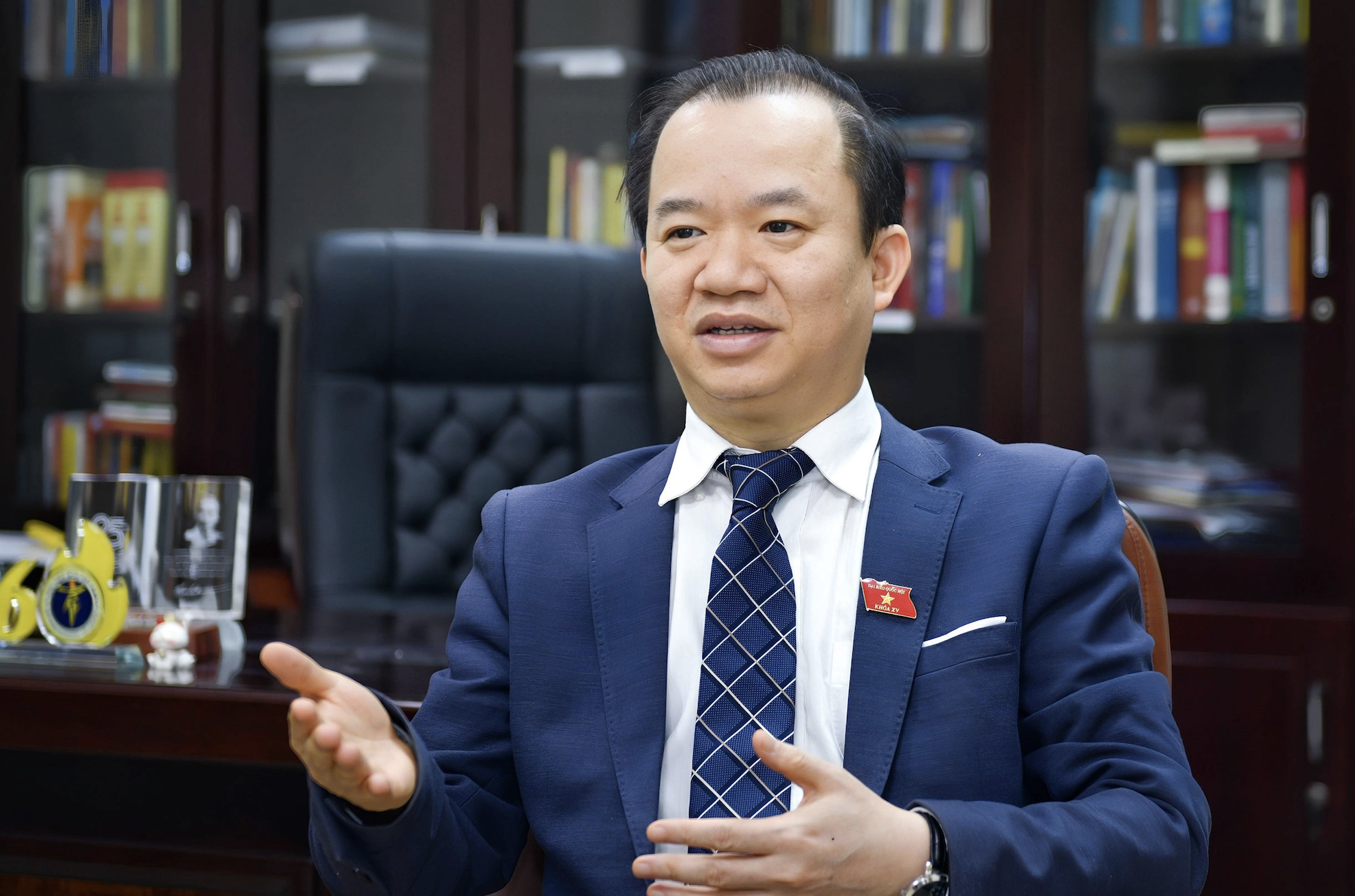

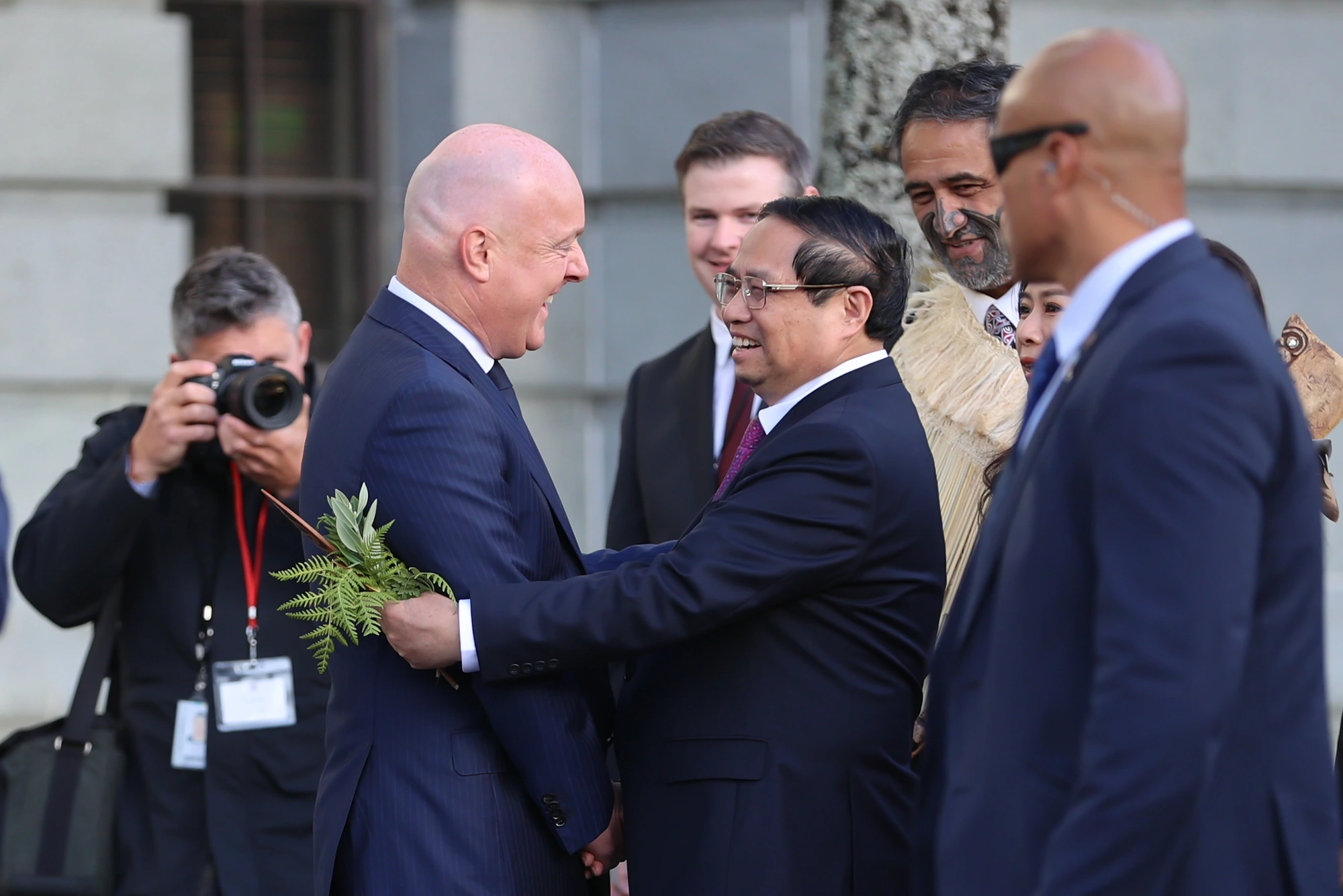

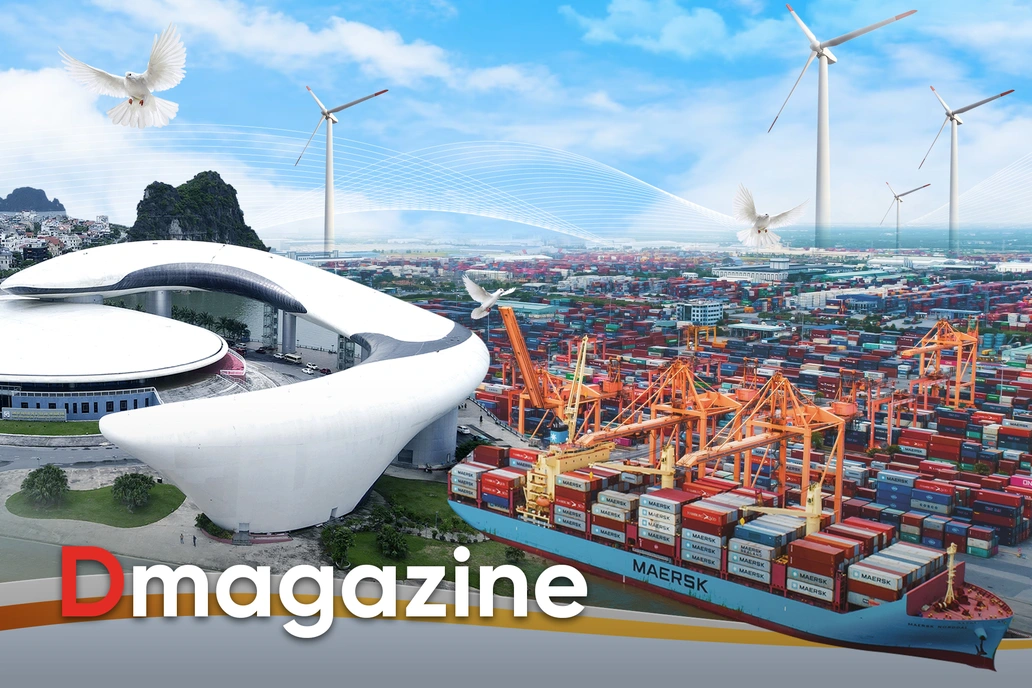











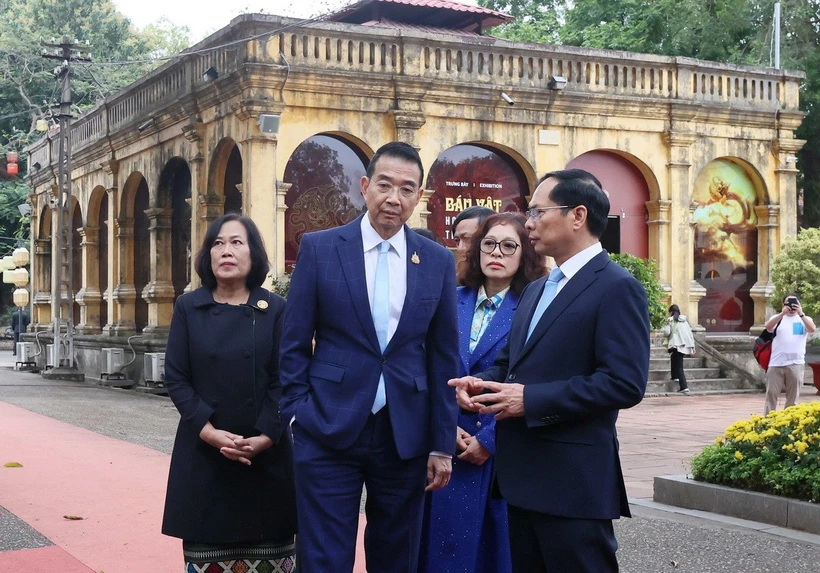










![[Photo] Prime Minister Pham Minh Chinh chairs Government Conference with localities on economic growth](https://vstatic.vietnam.vn/vietnam/resource/IMAGE/2025/2/21/f34583484f2643a2a2b72168a0d64baa)



















































Comment (0)